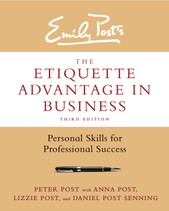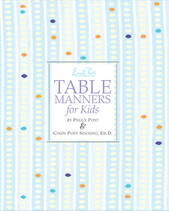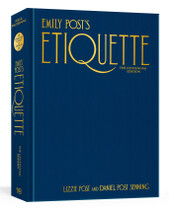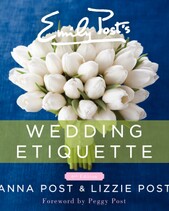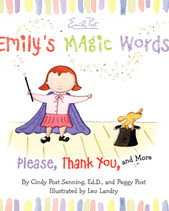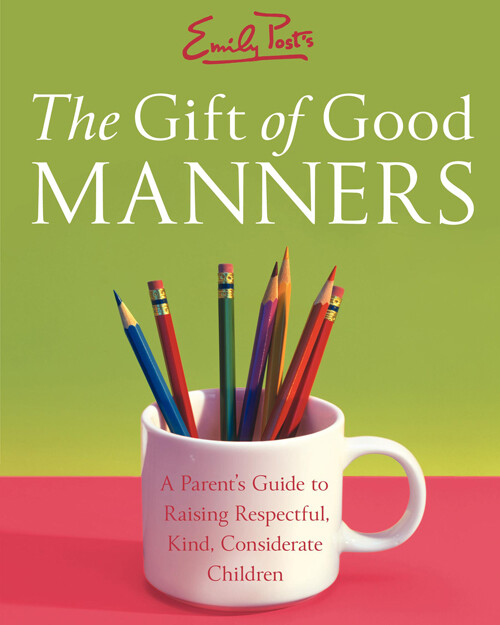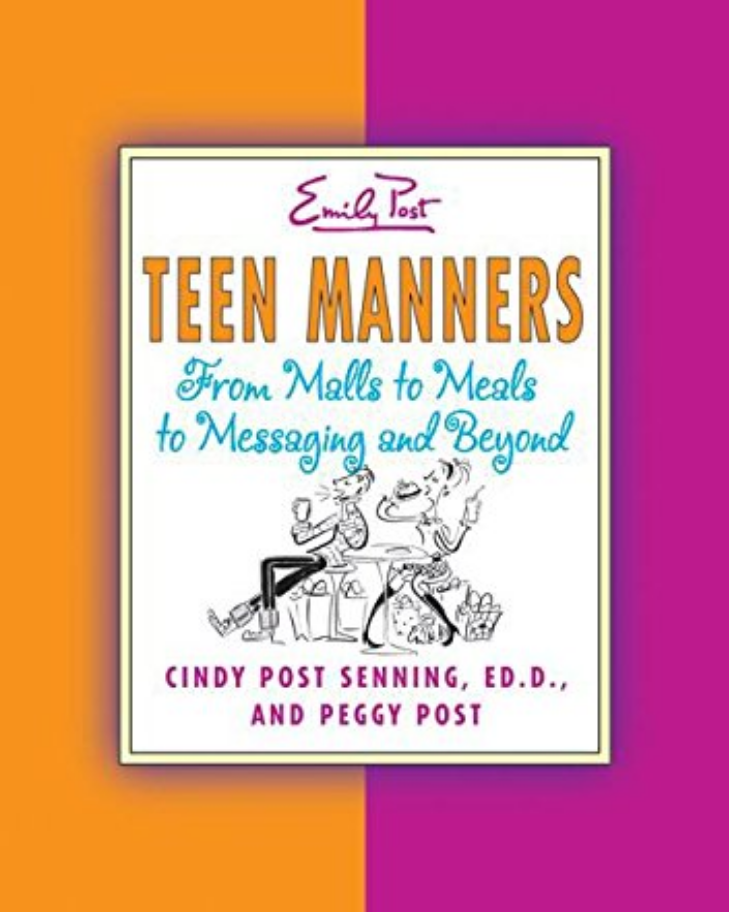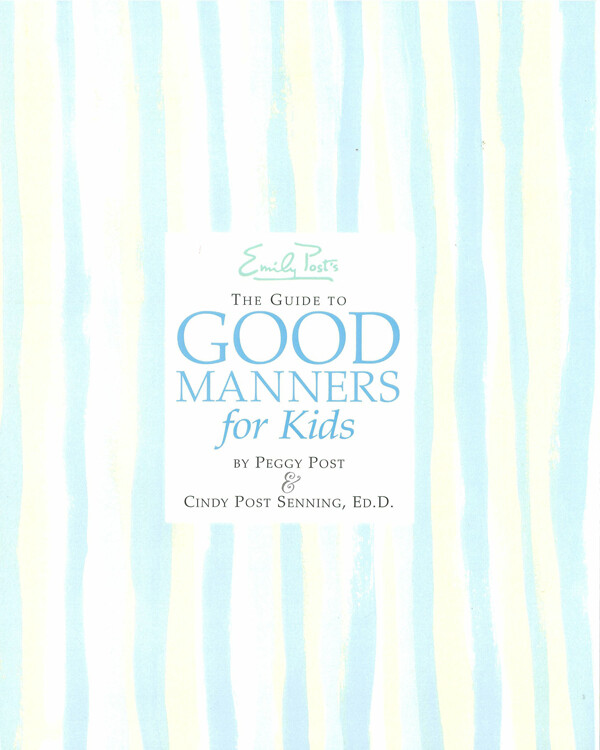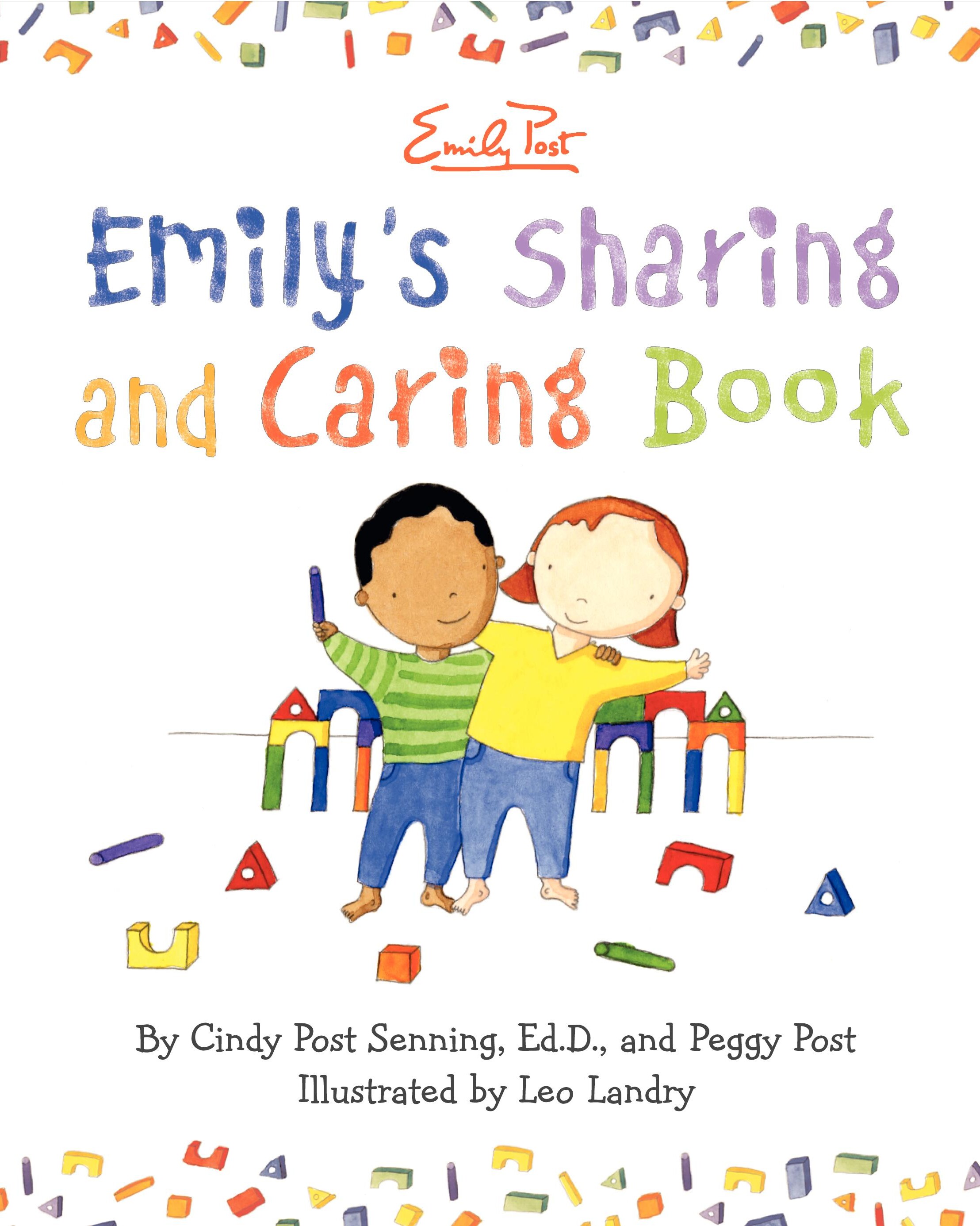
Thank-You Note Tips for Children and Teens

Sure, it sounds like a dream: Your children running up to you and begging to write thank-you notes to their aunts, uncles, and cousin pete. It could be a reality—if you cut out the obligation and play up the gratitude. Explain the value and purpose of the notes: “Thank-you notes are a special way to tell Nanna & Grampa how much you liked their present.”
So focus on fun and honest sentiment. Get creative. Make what could be hours of boredom into an event they want to take part in—and in doing so take some of the burden off yourself.
General Tips
- Explain that receiving thank-you notes makes people feel good. And it lets them know that their gift arrived safely and is appreciated.
- The sooner the better! Get those notes written as soon as possible. But don’t be embarrassed by a note sent a bit late, even a month after the gift was received. It’s far better to send a late note than no note at all.
- Spend a few minutes talking about the gift and what made it special: It’s a book you loved reading. You’ve already made three projects with the art kit. The toy is so much fun to play with you haven’t wanted to do anything else. You had a great time shopping with your friends and found the perfect sweater with the gift card.
- Have fun, age appropriate materials on hand to get your child interested in the project: colorful notepaper, crayones, markers, pencils, pens, stickers, and stamps.
- If you have a camera, take a picture of your child and the gift. Include the photo with the thank-you note.
- Again, remember to keep it fun! If you view this as drudgery, so will the kids
3-5 year-olds
You will write the majority of these thank-you notes, especially for three-year-olds. Involve your child in the process by explaining what you are doing and showing her the form and reading content of the card or note aloud.
- Leave an area for her to scribble her own greeting—this will make the notes even more touching for the recipients.
- A three to five-year-old might want to draw a picture (possibly of the gift) that can be included with the note.
- Many four and five-year-olds are learning how to write their names. Ask them to sign the card. They’ll be proud to do it, and Aunt Pam will get to see how well her nephew can write.
- Example: Dear Grandmother, Thank you for the sweater you sent me. Purple is my favorite color. I can’t wait to see you. Love, Jaime
6-10 year-olds
- Get the six and seven year olds to work with you. You can have them dictate what they want you to write, or you can each write part of the note. (Seven year olds may be able to write the entire note themselves.)
- TIP: Have your child read the note out loud so they can hear their written words—a satisfying experience in itself!
- Eight, nine and ten year olds can work on their own notes. You can act as editor—and teacher. This is a good opportunity to encourage them, impart a little wisdom, and check spelling.
- TIP: You might say, “You’ve mentioned several times to me that your new sweater is the perfect color. Why don't you tell Aunt Mary that also? It’s really hard to pick colors for someone else and she’ll be glad to hear you love it!”
- At any of these ages, always have them sign the note with their own “thank you,” regardless of how much of the note they wrote.
- Don’t try to polish off too many notes in one sitting. When you sense your child is losing interest, it’s time to take a break. Plan several short sessions over the course of a week or two to complete the project.
- You may need to address the envelope, but let your child put the stamp on and put it in the mailbox.
Tip: Visit the Post Office with your child and let her/him pick some fun stamps.
11-14 year-olds
Now that your kids are reaching a more independent stage, give them a little more responsibility and freedom in the note-writing process. See what they do with it.
- Bring them to the store and let them choose note cards they like.
- Set aside time to write thank-you notes together. “Let’s get out our stationery and we’ll both work on our thank-you notes after dinner.”
- Discuss when you both think the notes should be sent out. Try and impart the idea that sooner is better than later.
- Allow them to express themselves—instead of sticking to a scripted message.
- Remember, though they’re getting older, the fun shouldn’t dry up. Try to keep things light-hearted with a little cocoa, cookies, and music.
15-18 year-olds
- Encourage teens to flex those creative muscles. Perhaps he can design custom thank-you notes with his name and a special design on the front and his hand-written personal note on the other side. If he has a digital camera, he may want to add pictures.
- Check early on to see if she has all the materials she’ll need: notepaper, pen, envelope, the correct addresses, and stamps. Allow her to tell you if she has all the right items or what she needs.
- If the kids feel like creating something unexpected or out of the ordinary—go with it. As long as it isn’t going to confuse or offend their grandparents.
- A handwritten thank-you note is the best choice, but if your son always “talks” to his Aunt Marie via email or visual chat, it’s okay to send thanks online.
- Give positive reinforcement for a well-written (or well-received) note. “I talked to Uncle Matt today. He loved your thank-you note!” This type of comment will remind them why they’re working to create these thank you’s and how they affect people.
Adapted from The Gift of Good Manners: A Parent’s Guide to Raising Respectful, Kind, Considerate Children, by Peggy Post and Cindy Post Senning, Ed.D.
